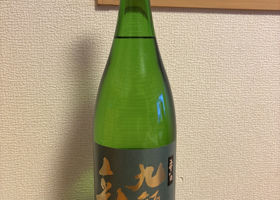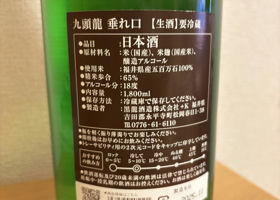SakenowaRecord your sake experiences and discover your favorites
九頭龍Kuzuryu
Flavor Chart®
A chart created from flavor analysis of user comments.

Flavor Tags ®
Tags generated from flavor analysis of user comments.
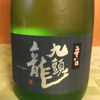
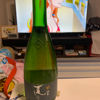

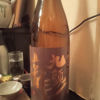
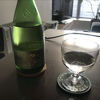
Popular Comments
Lightly cloudy with a hint of sweetness.
It has a gorgeous aroma that can only be achieved with aleso.
The easy-to-drink aftertaste cuts through easily.
The alcohol content is high at 18%.
Sake rice is Gohyakumangoku, and the rice polishing ratio is 65%.
Japanese>English
Summer Shibori!
Slight amber color
It has a strong alcohol feeling.
It has a lot of punch!
It's a sake like Fukui Prefecture.
It's delicious.
Japanese>English
The aroma is subdued❓.
When you drink it, it is faintly melon 🍈😊.
The sweetness is moderate, not too spicy and smooth❗️
It's an aluzoe, but it's not too alcoholic and it's gentle 👍 but it's too gentle and it's not enough🤔.
I've heard that it's recommended to drink it warmed up, so I'm going to try that next time❗️Overall, it was a light and easy to drink delicious sake😊.
Japanese>English
Brands from Kokuryu Shuzo
KuzuryuKokuryu
Similar Brands
We analyze the flavors based on everyone's comments and select similar brands.
ShidaizumiSimilar Characteristics
Location
1-chōme-38 Matsuokakasuga, Eiheiji, Yoshida-gun, FukuiOpen in Google Maps
Related Articles
創業220周年を記念した「黒龍」!福井県・黒龍酒造が「黒龍 220周年記念 3本セット」を、12月中旬に数量限定で発売 | 日本酒専門WEBメディア「SAKETIMES」
 黒龍酒造株式会社(福井県永平寺町)は、2024年で創業220周年を迎えたことを記念して、特別商品「黒龍 220SAKETIMES | 日本酒をもっと知りたくなるWEBメディア
黒龍酒造株式会社(福井県永平寺町)は、2024年で創業220周年を迎えたことを記念して、特別商品「黒龍 220SAKETIMES | 日本酒をもっと知りたくなるWEBメディア有名酒販店が黒龍酒造に集結!酒蔵と特約店が「黒龍キャンプ」で考える日本酒の現在と明るい未来 | 日本酒専門WEBメディア「SAKETIMES」
 2019年10月、福井県の黒龍酒造が主催する1泊2日のワークショップイベント「KOKURYU CAMP 201SAKETIMES | 日本酒をもっと知りたくなるWEBメディア
2019年10月、福井県の黒龍酒造が主催する1泊2日のワークショップイベント「KOKURYU CAMP 201SAKETIMES | 日本酒をもっと知りたくなるWEBメディア福井県・黒龍酒造が飲食店を応援するための「黒龍 大吟醸 命保水」を5/14(木)より期間限定で販売 | 日本酒専門WEBメディア「SAKETIMES」
 黒龍酒造株式会社(福井県吉田郡)は、飲食店応援酒「黒龍 大吟醸 命保水(みょうぼすい)」を、5月14日(木)かSAKETIMES | 日本酒をもっと知りたくなるWEBメディア
黒龍酒造株式会社(福井県吉田郡)は、飲食店応援酒「黒龍 大吟醸 命保水(みょうぼすい)」を、5月14日(木)かSAKETIMES | 日本酒をもっと知りたくなるWEBメディアTimeline


あぽろ
⭐️⭐️⭐️⭐️
Sweetness ★★★★★
Spicy★★★★
Clearness ★★★★
Japanese>English
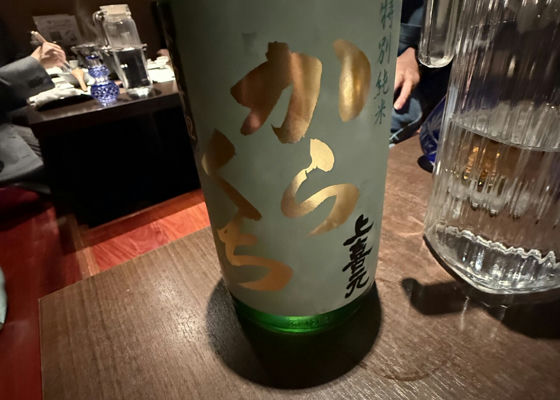
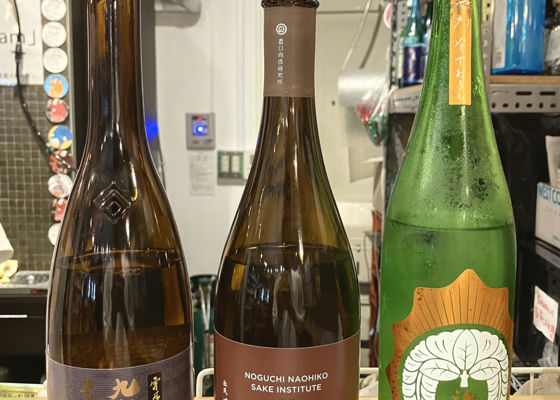
K
(Left photo)
This is not the kind of sake to be drunk this way.
4.00
Japanese>English
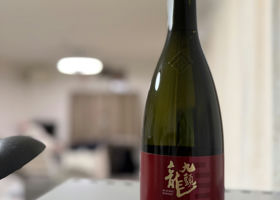
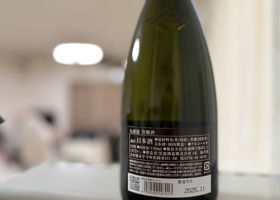
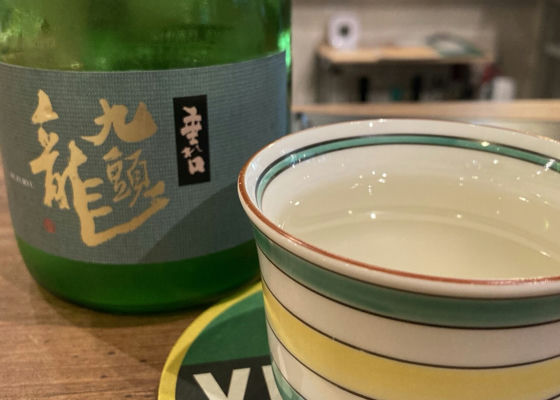


gk1
At the usual bar.
It's dry, clean, and gentle.
Easy to drink and delicious.
Japanese>English
somekan
Easy-drinking fruity
gulping down
Japanese>English


もみじおろし
Ripe melon-like top notes. It is extremely fruity.
When you drink it, a fresh sweetness like muscat fills your mouth, followed by the mellow aroma of melon.
There is a slight alcohol aftertaste, which is a negative, but it is more than compensated for by the great taste.
The fact that it is not so expensive is also good!
A-4
Japanese>English
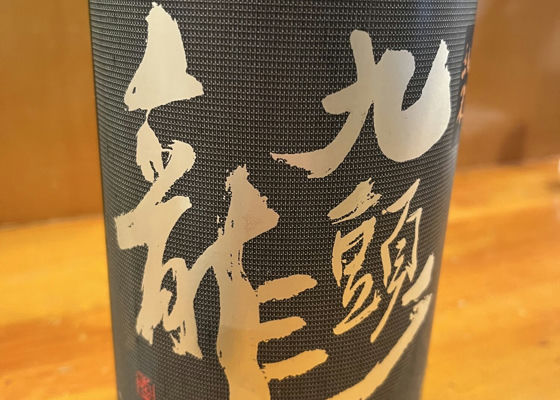
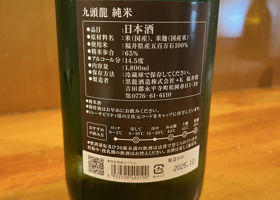
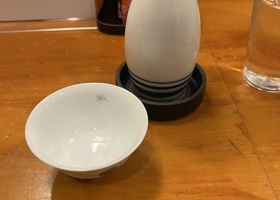
(カワダ調べ)
Kuzuryu
kokuryu (variety of flowering plant, Brassica campestris var. amplexicaulis)
Named after the Kuzuryu River, which originates from Mt. Hakusan, a sacred mountain in Fukui Prefecture, and flows through Fukui City.
Japanese>English
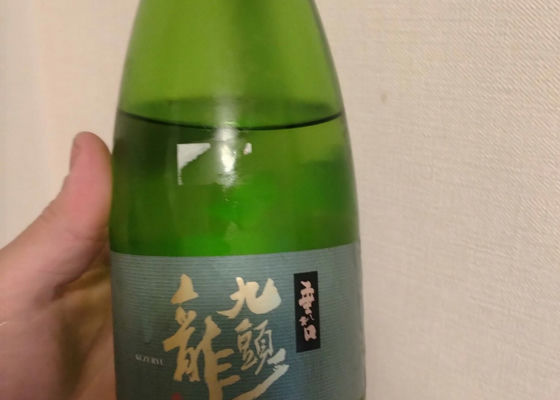
りょうすけ
The flavor is rich and delicious!
Even so, it's not at all unpleasant, as one would expect.
Japanese>English
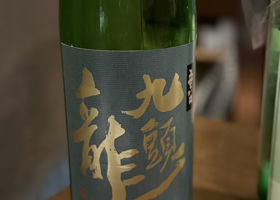
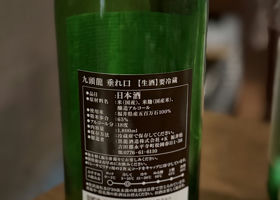
るるるん
This is Kutouryuu's light nigori.
Nigori hunter's blood is boiling.
This one also reminds me of Fuji apple.
It is very delicious with a refreshing sweet taste. ❗️
In my opinion, this is the best one I've had today ✨.
but all the other ones were good too 😅.
It was a great day with lots of delicious drinks 😊.
Japanese>English
Joker
Good evening, Rururun 😊.
Kutouryuu's Doroguchi is delicious ✨I drank this sake the most this year 🍶.
I'm so happy to find a good sake that I can make love to.
Japanese>English
るるるん
Dear Joker, good evening😊.
Kutouryuu no Dorokuchi is really delicious ❗️
Joker, this was your favorite sake that you drank most this year 🤗.
I can see why you keep coming back to it 😊.
Japanese>English
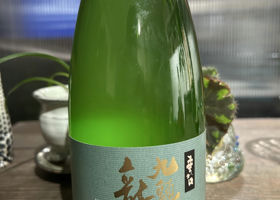
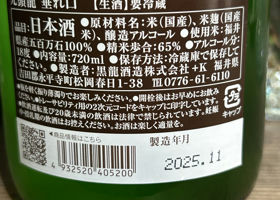
ちりとてちん
Purchased at Sumino Sake Shop in Nagata-ku, Kobe City, Hyogo Prefecture.
I had assumed that Kuzuryu would be a sake that goes well with hot sake, and that it would have a more classic flavor, but...I was pleasantly surprised.
The aroma is subtly fruity.
The taste is sweet, rich and gorgeous.
Delicious. ❗️
Japanese>English
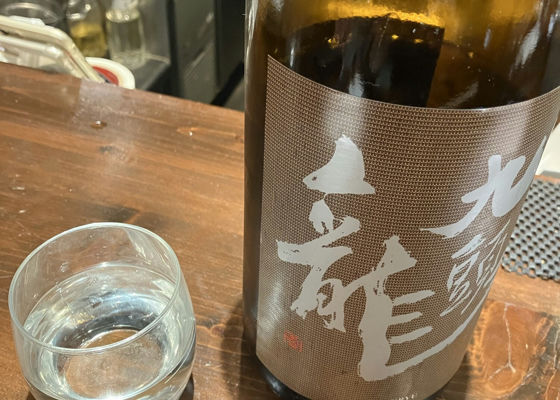
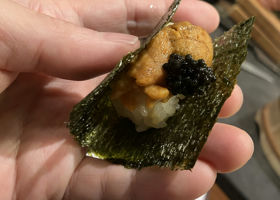
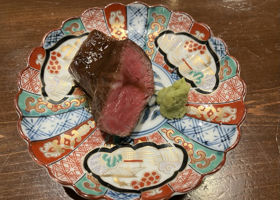
noburin
New Shinbashi Building
New Shin Mikan
8th cup
More refills
Japanese>English
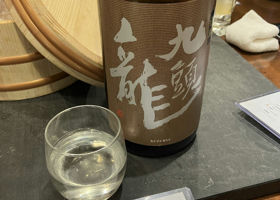
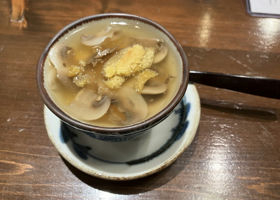
noburin
New Shinbashi Building
New Shin Mikan
7th cup
another cup
Japanese>English
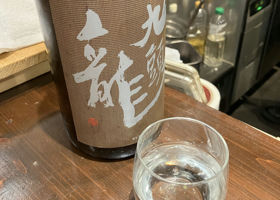
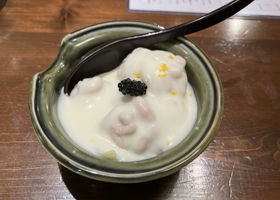
noburin
New Shinbashi Building
New Shin Mikan
5th cup
Japanese>English
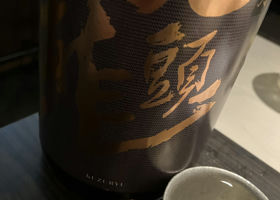
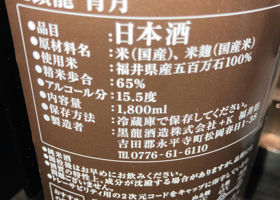
フェルナンド
It was my first time to drink it, and it was easy to drink and delicious! I would like to drink it again if it is available.
Japanese>English
